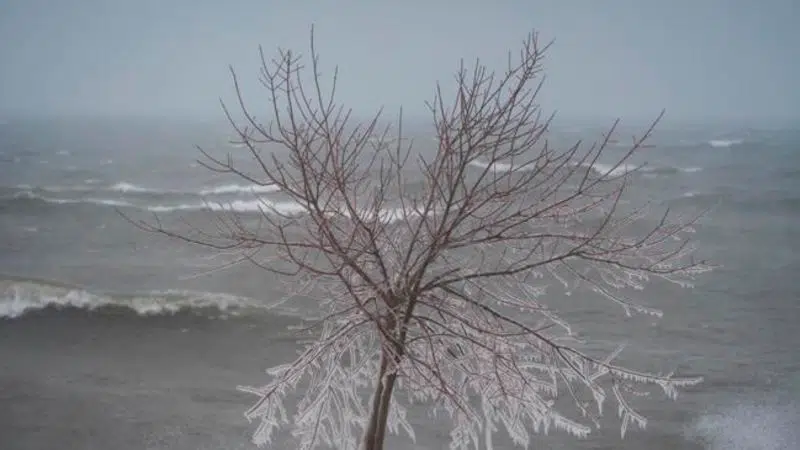
Average fall, cold winter ahead, The Weather Network predicts
Canadians can expect average temperatures this fall that will give way to a cold winter in central and eastern parts of the country, according to The Weather Network.
The network is predicting Western Canada, including B.C., Alberta, Yukon and the Northwest Territories, along with parts of Atlantic Canada will have slightly warmer-than-normal temperatures for fall because of warmer oceans and wetter conditions along coastal areas.
“We don’t think this fall has really wild departures from normal in store,” said The Weather Network’s chief meteorologist Chris Scott.
He added that precipitation will also be right around the average in most parts of Canada.

